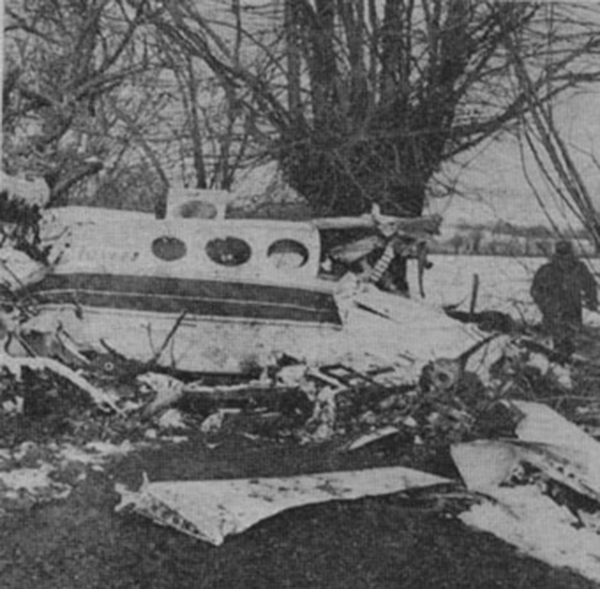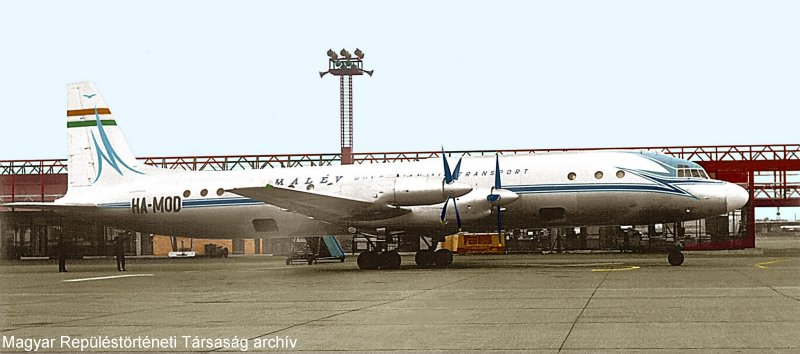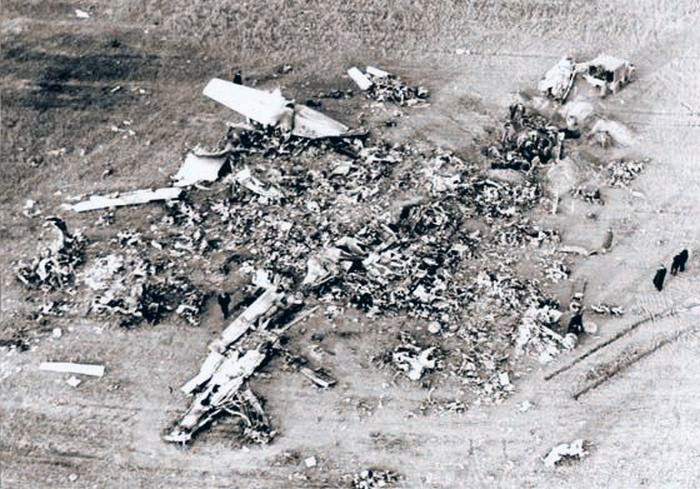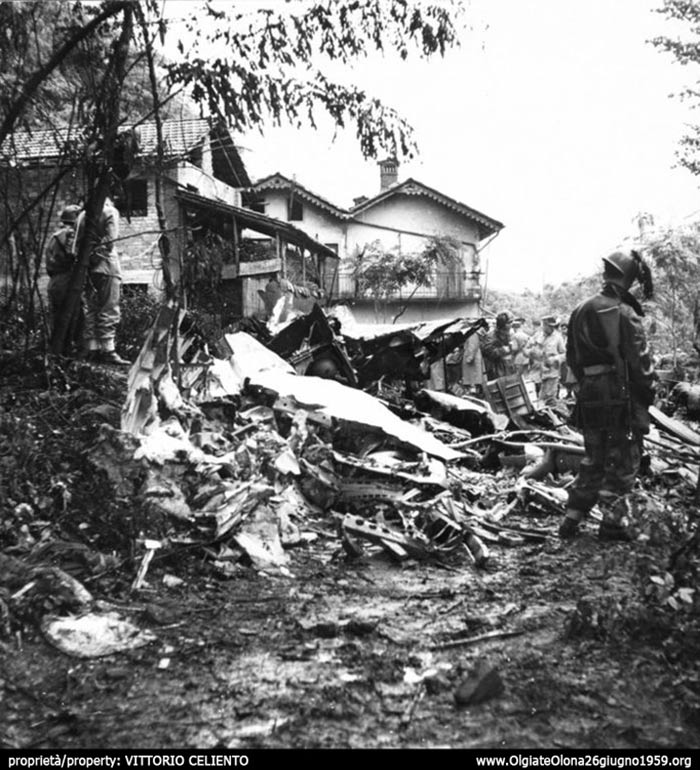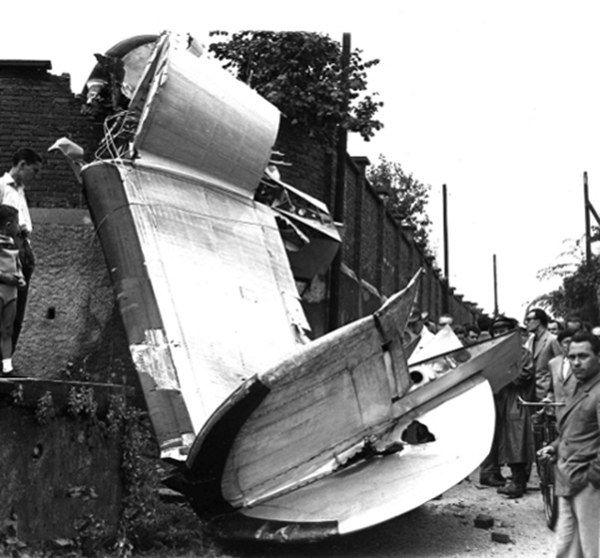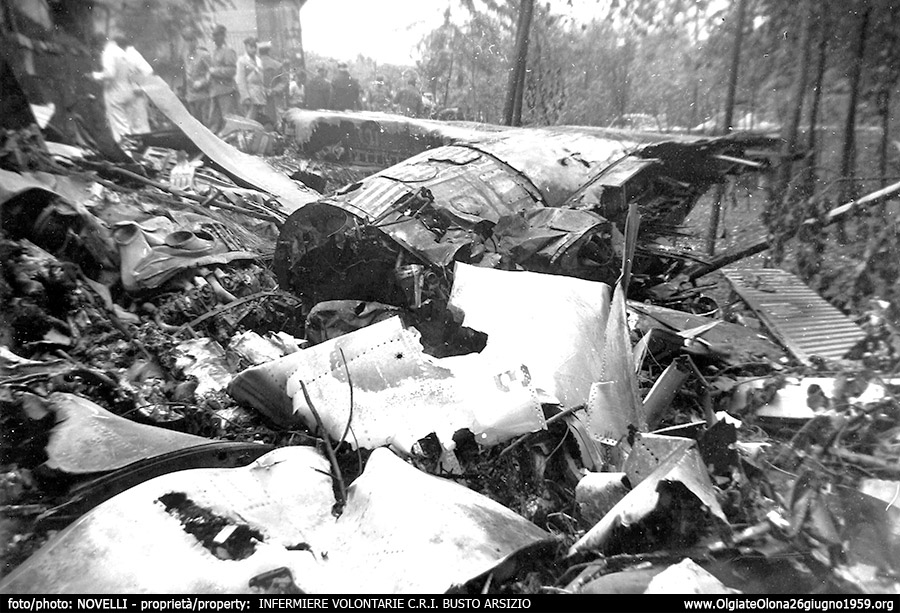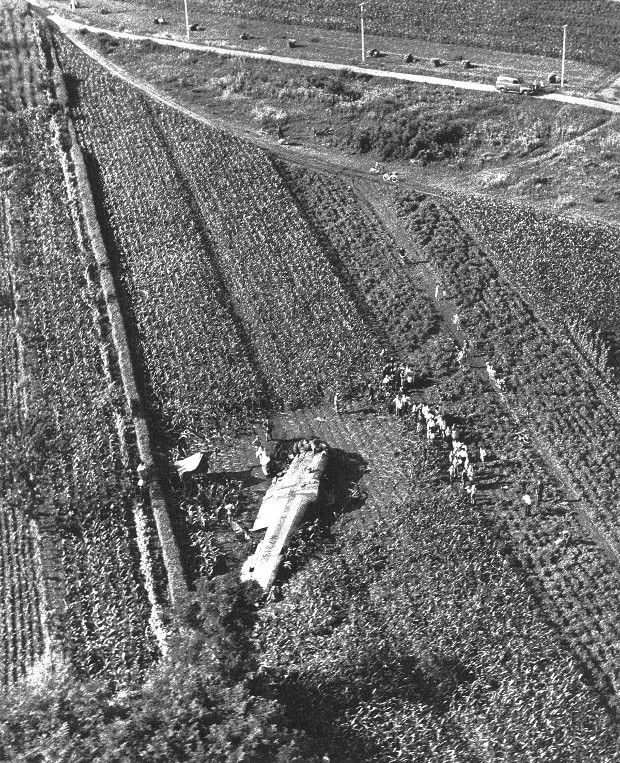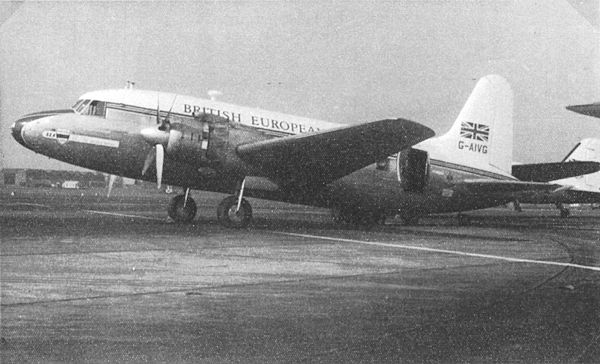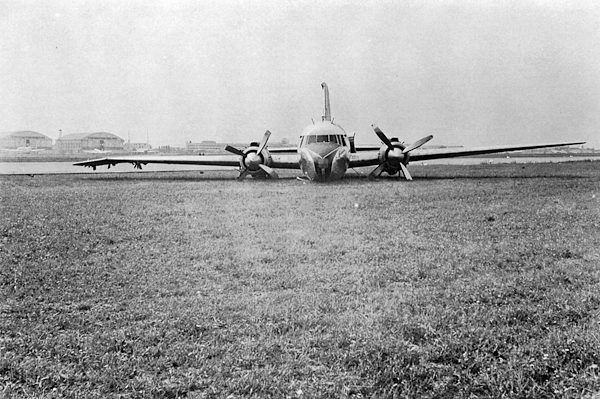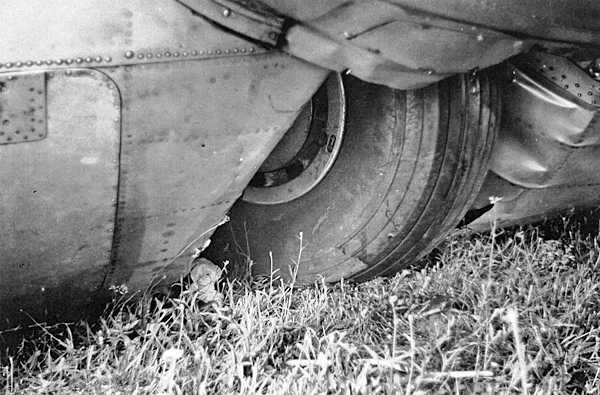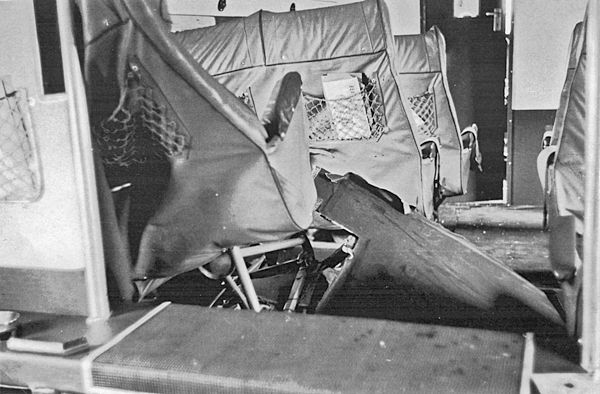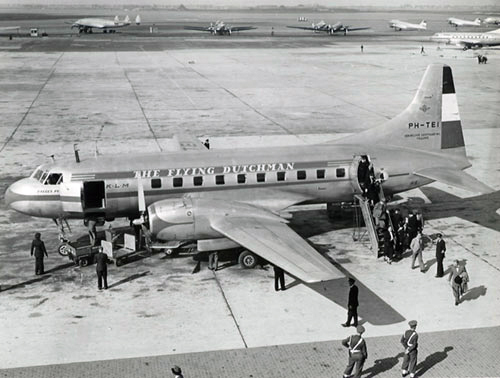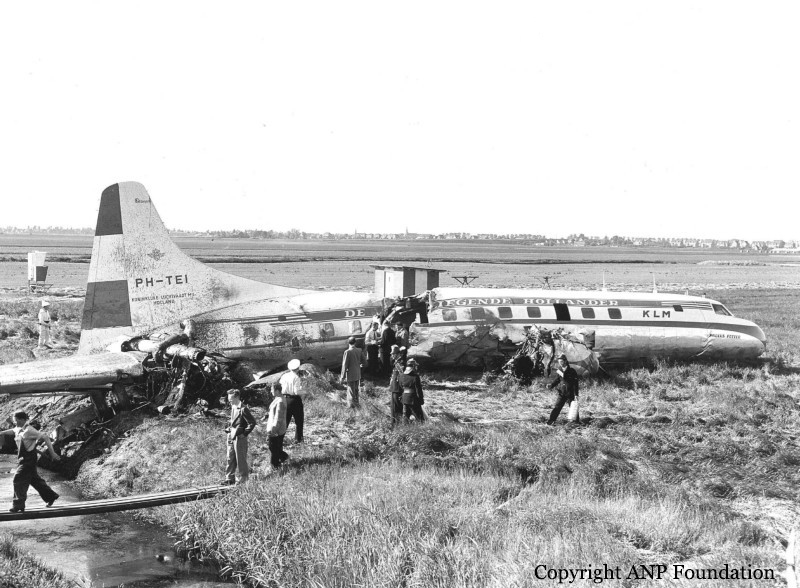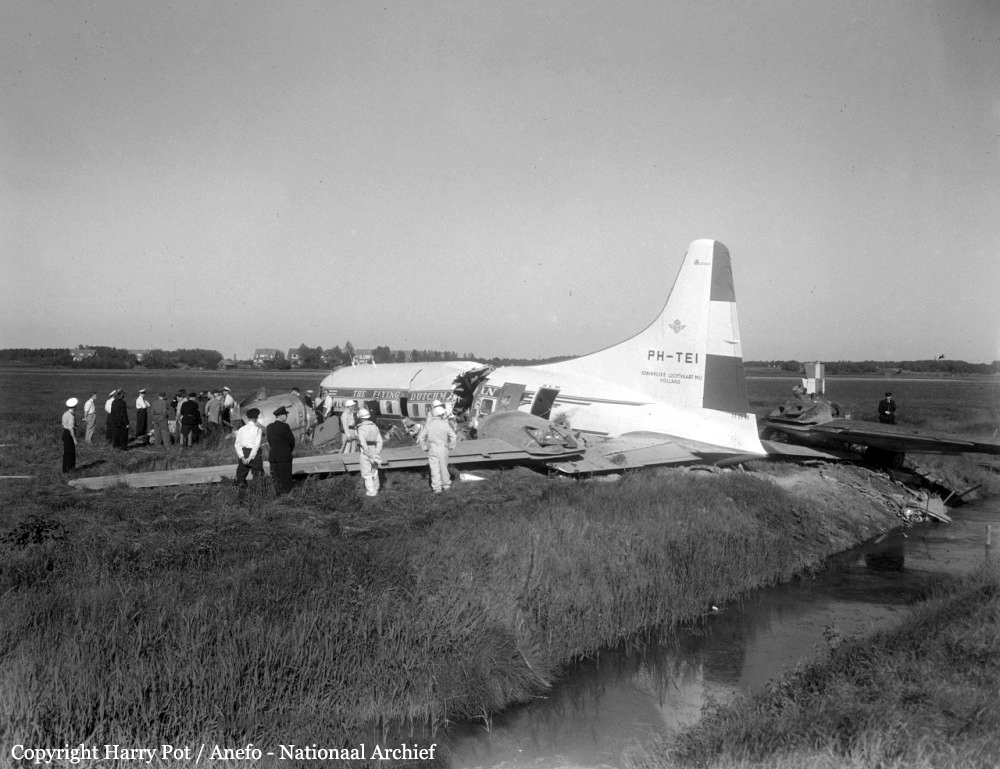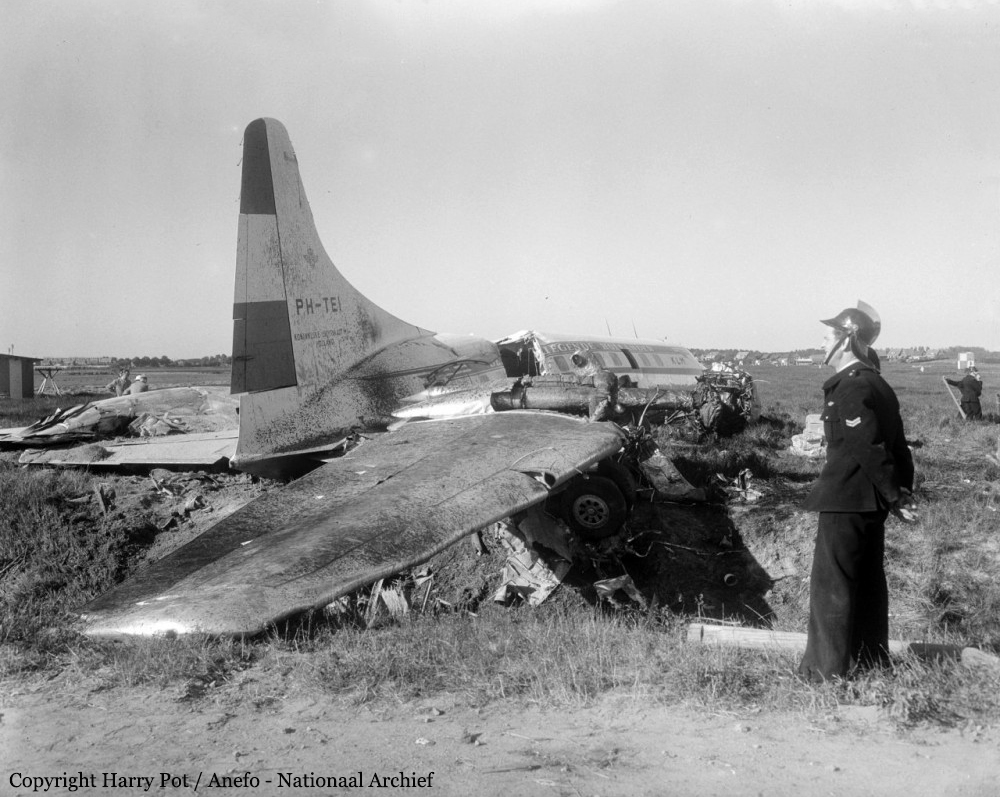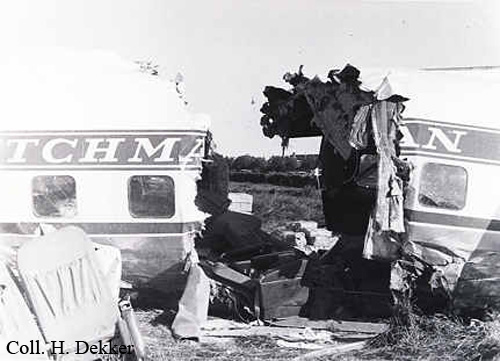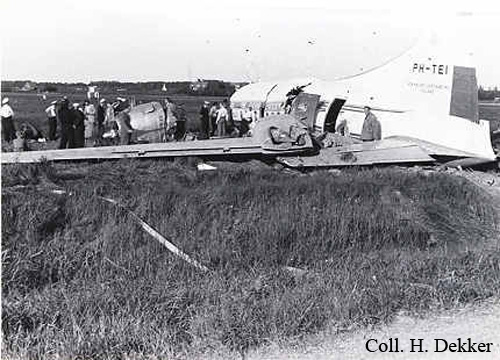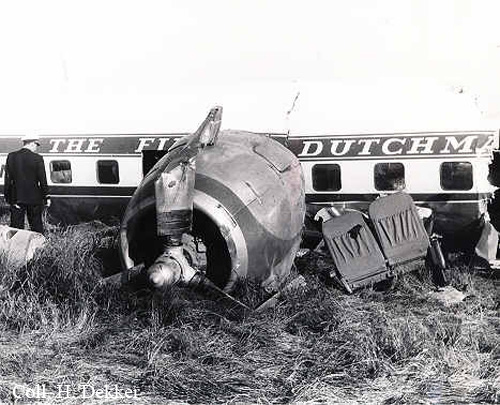Crash of a Cessna 402A in Le Pin-la-Garenne: 10 killed
Date & Time:
Feb 13, 1970 at 2030 LT
Registration:
F-BPJA
Survivors:
No
Schedule:
Saint-Nazaire - Paris
MSN:
402-0100
YOM:
1967
Crew on board:
1
Crew fatalities:
Pax on board:
9
Pax fatalities:
Other fatalities:
Total fatalities:
10
Circumstances:
The twin engine aircraft was returning to Paris-Le Bourget on a taxi flight, carrying nine industrialists based in Paris. Just passing over Alençon, the pilot encountered very bad weather conditions with heavy snow falls and icing conditions. He informed ATC about technical problems, stated he was unable to maintain control and requested assistance to divert to the nearest airport. Less than a minute later, the airplane struck a tree and crashed in a field located just outside Le Pin-la-Garenne. The airplane was totally destroyed and all 10 occupants were killed.
Probable cause:
Loss of control caused by an excessive accumulation of ice on wings and fuselage. Probable engine problems due to carburetor icing. Very bad weather conditions.
